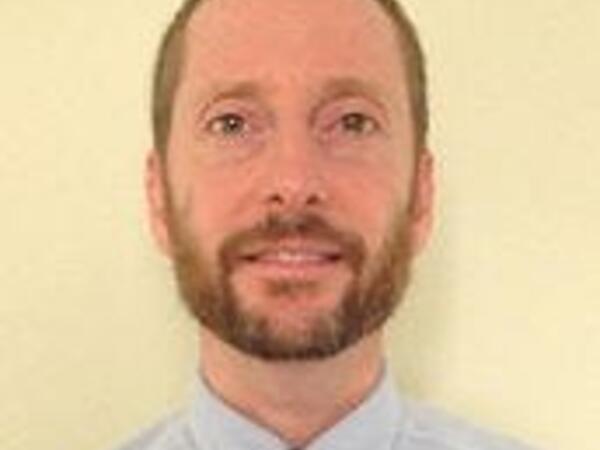
Event report
March 2017 - Medicare 101 Seminar
Jack Burns, Public Affairs specialist for Arizona, Social Security Administration and Bill Cave, presenter and volunteer counselor from State Health Insurance Assistance Programs (SHIP), Area Agency on Aging, presented an informative seminar on the many facets of Medicare and Medigap plans.
Mr. Burns briefly reviewed the history of Medicare and then dove into 3 important retirement tools available to everyone considering retiring. While Social Security (SS) is the foundation for a secure retirement, other savings and investments are also essential. (1) The website www.mymoney.gov is a resource to learn the how and why of saving. (2) www.myra.gov is the site for a new retirement savings account developed by the U.S. Department of Treasury. It is designed for people who do not have access to a retirement savings plan at work, or who lack options to save. It is a Roth IRA that invests in new U.S. Treasury retirement savings bonds. When the account balance reaches $15,000, the individual will transfer or roll over savings to a private-sector Roth IRA. (3) The Online Retirement Estimator, found at www.socialsecurity.gov/estimator is a convenient, secure, and quick financial planning tool to immediately and accurately estimate your retirement benefits. “What if” scenarios based on different ages and work earnings can be invaluable in the planning process.
How important is Social Security? In 2016, nearly 61 million Americans will receive approximately $918 billion in SS benefits; nearly 9 out of 10 individuals age 65 and older receive SS benefits. Among elderly SS beneficiaries, 48% of married couples and 71% of unmarried persons receive 50% or more of their income from Social Security, and among elderly SS beneficiaries, 21% of married couples and about 43% of unmarried persons rely on SS for 90% or more of their income.
Mr. Burns then touched on how Social Security determines your benefits…wages earned, the year you were born, and your age at the time you elect retirement benefits. Additionally, Social Security is more than a retirement program; it also provides valuable disability and survivor benefits to children, spouses, and ex-spouses. Restrictions apply, but the services are available to qualified individuals.
Mr. Cave then spoke to the 4 parts of Medicare (Part A – Hospital, Part B – Medical, Part C - Medicare Advantage plans, and Part D – Prescription Drug Coverage), the initial enrollment period, general enrollment period, open enrollment and special enrollment periods. He discussed the 3 ways to get Medicare: (1) original Medicare (Parts A&B) with a prescription drug plan (Part D); (2) original Medicare along with a secondary insurance and possibly a prescription drug plan, and (3) Medicare Advantage Plan (Part C) or ASRS Group Medicare Advantage HMO, and what each part covered. The various levels of coverage offered by Medigap plans were covered along with information on eligibility and enrollment. The difference between Medigap coverage and Part C Medicare Advantage Plans was discussed with Mr. Cave reminding the group that Medicare recipients can choose either Part C Medicare Advantage Plans or a Medigap plan. Individuals cannot have both plans. Mr. Cave also touched on Part D Medicare Prescription Drug coverage.
Mr. Cave also informed the group that there is extra financial help for prescription drug coverage and Medicare savings programs available to those with a financial need. Counselors with the State Health Insurance Assistance programs at the Area Agency for Aging are available to help with these needs. Resources for assistance include: www.medicare.gov; call 1-800-MEDICARE; 1-800-633-4227; call your local State Health Insurance Assistance program (SHIP) – in Maricopa County call 602-264-4357 or 602-264-2255; visit www.azahccs.gov for information about Arizona’s Medicaid programs.
Respectfully submitted,
Bev Buddee

Jack Burns